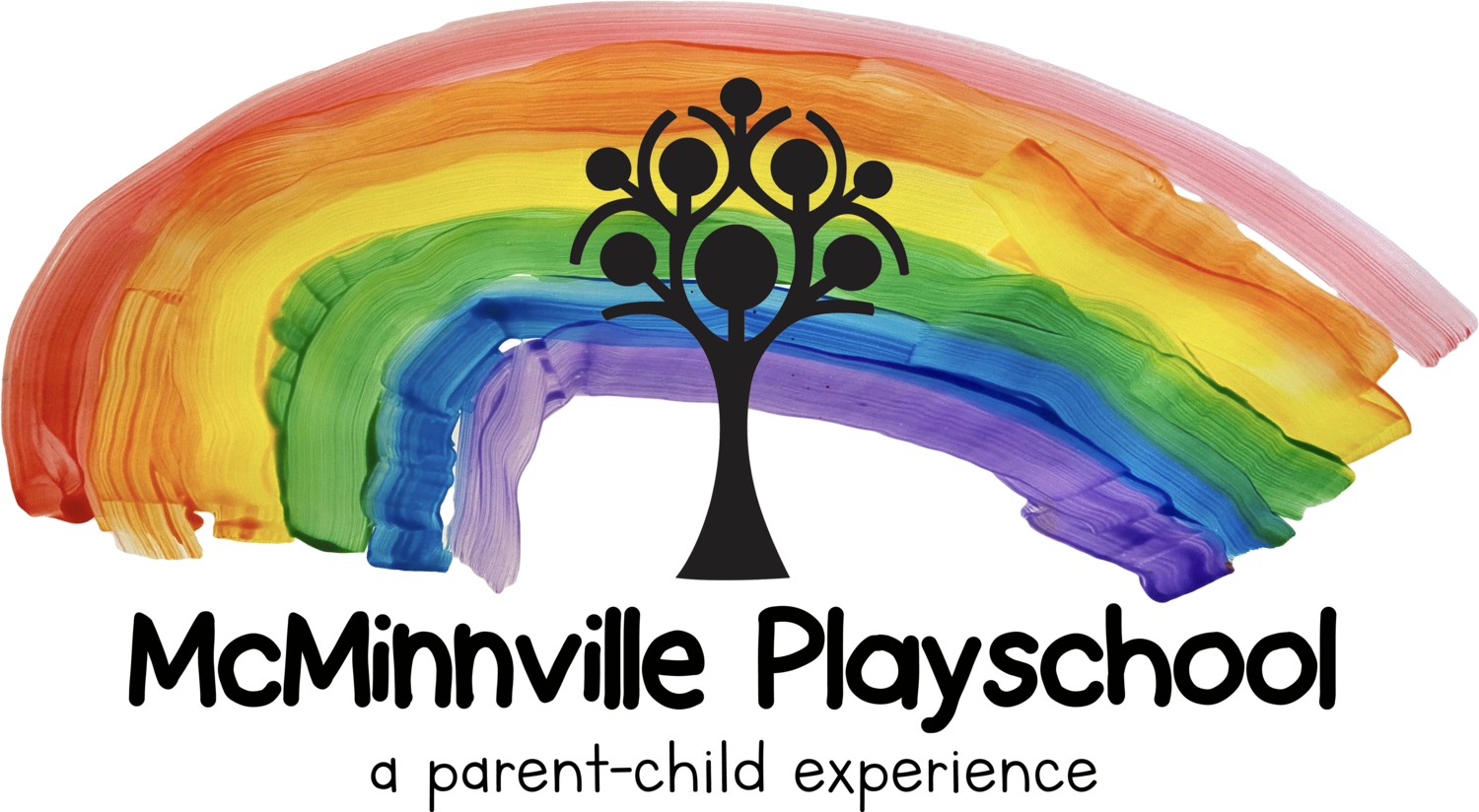What Does Playing Pretend Have to do with academic learning?
Madi loads up her shopping cart with dress-up clothes, toy cars, and an alphabet puzzle.
Briar at the cash register says, “It’s four dollars.” Briar opens the register, pulls out two small glass rocks and hands them to Madi. “Bye-bye!” says Briar.
“Bye!” responds Madi, wheeling off her cart of goods.
This play is fun for kids—and adorable for adults watching. But developmental theorists say it’s also the single most important learning activity preschoolers can engage in. As children plan, negotiate, and act out these scenes with their friends, they are building skills in many areas at once. Here are a few:
Early Literacy
The squiggles on this page are symbols representing sounds. When put together, they make words, which convey ideas and information. As a reader, you take all that for granted. For children, one-thing-standing-for-another is a big cognitive leap.
They begin to make this cognitive leap as they play. Making a glass gem a “dollar” paves the way for understanding other symbol systems, like letters and numbers.
As children negotiate (who will be customer and who will be shopkeeper?), tell each other where to set the groceries, and try out customer/cashier dialog, they build language skills. They learn to create and understand storylines. Language and comprehension skills are the foundation for strong reading skills.
Pretend play is rich with writing opportunities, too. Briar wrote me a “receipt” and Avery wrote a note—perhaps a shopping list—on a post-it. There are also signs, price tags, and play money to make! This is how children refine their understanding of writing.
Math Foundations
We can’t have commerce without counting, can we?
As children load their carts, set items on the counter, pay, and then get change back, natural math opportunities abound!
They count, compare quantities (which is more and which is less?), and practice simple addition and subtraction.
Sorting objects into categories is also a foundational math skill. Math involves comparing, ordering, and performing operations on sets of things. So we must first learn to decide what belongs in a set.
As they decide what kinds of items to shop for and what materials count as “pretend money,” they practice sorting. And there’s more sorting at clean-up time: What goes back in which basket?
Emotional and Social Skills
As children take on the role of cashier-with-a-long-line-of-customers or mom-shopping-with-twin-babies, they must practice perspective taking, imagining what it would feel like to be someone else. They walk a mile with someone else’s shopping cart!
What might it feel like to have the power that comes from standing behind that register, ushering customers through and taking their payments? What if you were shopping and both babies started crying at once?
And the social interactions aren’t all role-playing. They are also connecting in the real world.
“Does anyone want to come to my store?”
“I’m the store owner, you have to be the customer.”
“I want to play store, but he has the cash register.”
They are deciding on roles, initiating and responding to dialog, and resolving conflicts with peers—all critical social skills.
All that and more at the pretend-store! It’s amazing how much growth can happen when kids play.
